If you’ve owned your quad for more than one season then you’ve probably already had the experience of walking the 4-wheeler back somewhere or bringing fuel back to your ATV. If you are trying to avoid that scenario then I’m sure you are wondering how far you actually can ride on a take of gas.
A 5.4 Gallon ATV tank can ride 108 miles averaging 20MPG. Factors that affect gas mileage: type and age of ATV, tank size, weight, throttle, terrain, tires, engine size, carburetor, and maintenance upkeep. To ensure you won’t run out of gas test your 4-wheeler before your trip and bring extra gas.
There are plenty of resources where you can easily find a car or truck’s mileage, but there is hardly any info out there for 4-wheelers which can be very agitating. We can give you a fairly close estimate, things that affect gas mileage, and a few other tips. That way, you won’t have to hike back to civilization, empty gas can in hand.
If it seems to you that there isn’t a lot of information about gas mileage and 4-wheelers, you are right. Trying to locate gas mileage information from dealers is just about impossible.
For example, one website mentions that the fuel economy from all UTVs/ATVs in 2011 averages 39.47 miles per gallon. However, the same website also lists the date it was written as January 1, 1970. You decide how much you trust those numbers but it’s outdated.
So then you can look up the specs on a specific 4-wheeler. For example, here are just some of the specs on a 2021 Can-Am Outlander:
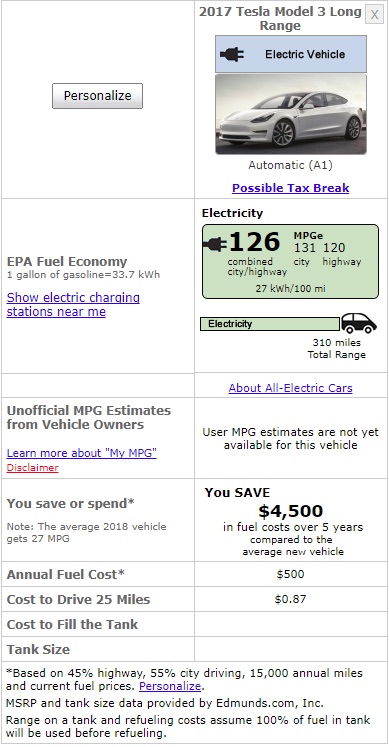 5 inches (88 cm)
5 inches (88 cm)Manufacturers of ATVs and 4-wheelers don’t give out the same kind of information regarding gas mileage for several reasons. These are the two key ones:

There really is only a small amount of info available—and nothing covers fuel mileage. If manufacturers don’t tell you, then the next source to turn to is people who actually own them.
To check out what 4-wheeler and ATV users reported, check out Fuelly, a site where vehicle owners report the mileage they have gotten.
The number of people who report mileage for ATVs and 4-wheelers on Fuelly is much smaller than for cars. For example, over 1,000 people reported mpg’s on their 2012 Toyota Prius. The range there was equally broad, with a couple of cars in the 30s and a few over 60.
Users of ATV and 4-wheeler forums also report similar ranges.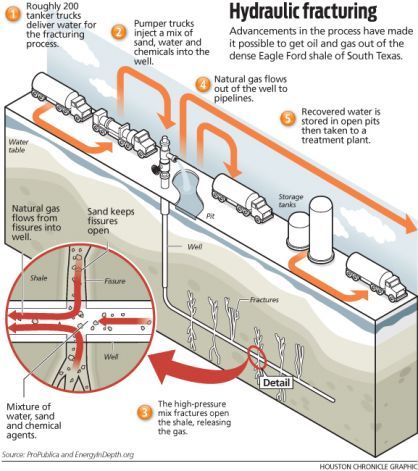 So if your buddies are giving you different numbers, saying it depends, or just “I don’t know,” it’s because the answer is dependent on many variables. And this is precisely why it’s hard to find an exact number because everyone drives ATV’s differently. A Utility ATV is going to be hauling more loads at slower speeds versus a Sport ATV might be ridden extremely fast and hard in racing conditions.
So if your buddies are giving you different numbers, saying it depends, or just “I don’t know,” it’s because the answer is dependent on many variables. And this is precisely why it’s hard to find an exact number because everyone drives ATV’s differently. A Utility ATV is going to be hauling more loads at slower speeds versus a Sport ATV might be ridden extremely fast and hard in racing conditions.
It would be great if there were a formula that you could plug in and determine how much a specific weight will impact your gas mileage. The EPA estimates that for every hundred pounds of weight removed, gas mileage increases by 1 to 2 percent.
A different study found that a 1% reduction in total weight increased fuel economy by 0.33%. Although this study was based on a vehicle weight of 3,200 pounds, it’s probably as close as you will get to a formula.
That estimate is for cars, not 4-wheelers, however. Also, the 100 pounds from a car is a larger percentage of its total weight than 100 pounds of an ATV.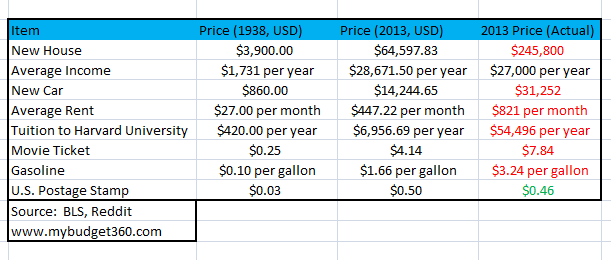 Still, the additional weight on your 4-wheeler is going to make its engine work harder, thus reducing fuel mileage.
Still, the additional weight on your 4-wheeler is going to make its engine work harder, thus reducing fuel mileage.
When you bring back that buck you scored, your mileage coming back will be much lower, so make sure you plan accordingly.
It goes without saying that the faster you drive, the lower your fuel mileage. Again, there is no neat formula for speed versus mileage for off-road vehicles. The US Department of Energy has an excellent web page for ways to increase gas mileage—but the specifics are all about cars.
If you want to know how much your 2012 Dodge Ram when you drive 75 miles instead of 60, check out the site. But your Polaris, Kawasaki, or Can-Am won’t be listed.
Terrain also dramatically impacts your gas mileage. Mileage is worse through woods and uneven terrain especially muddy trails that slow you down and in result you revving up your engine more. Same goes for climbing up a tall sand dune over and over, it’s just going to eat through the gas.
Two factors related to tires impact your 4-wheelers mileage—tire pressure and tire size. Tires without proper air pressure force the engine to work harder, and when that happens, then mileage drops. Increased Tire size can also have a negative effect due to the added weight. Colder temperatures cause tires to deflate so depending on what time of year you might add this into consideration, bring a tire gauge and a way to air those suckers up. Every little bit can help.
A few additional factors that affect ATV’s MPG’s include:
If you haven’t bought an extra fuel container for your 4-wheeler, now is the time. These are a couple we recommend:
These are a couple we recommend:
Here is the best ATV fuel Container:
Other Recommendations:
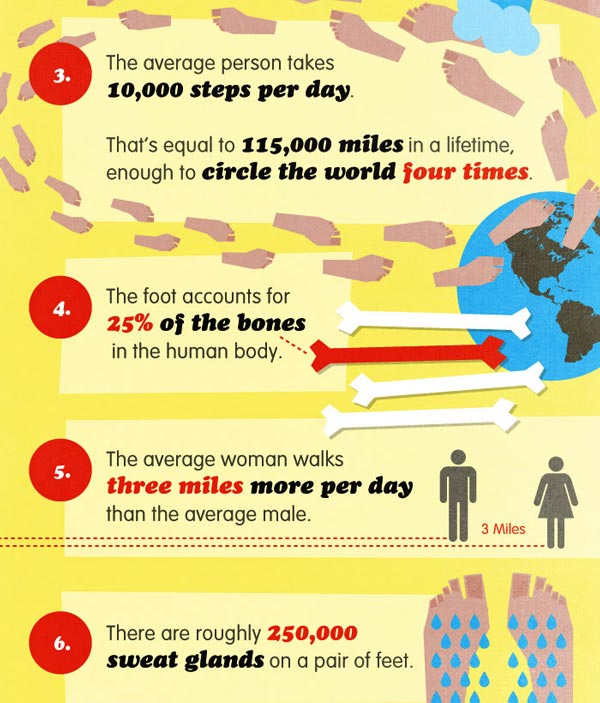 The 3-handle design allows two people to lift the tank, and other features include an anti-rust coating on the inside and outside.
The 3-handle design allows two people to lift the tank, and other features include an anti-rust coating on the inside and outside.Maybe it’s time for a science experiment. Fill up your 4-wheeler and a gas can. Then run it until the tank is nearly empty and see how far you got. Make sure you know how accurate your fuel gauge is so that you do not run out completely.
Use Google Maps or another navigation system to double-check the mileage—the indicator on your vehicle might not be accurate. Then fill ‘er up again and head back. Anybody asks—tell them you were doing science.
There are just too many factors at play to give an exact answer to the question of how far a 4-wheeler can go on a tank of gas.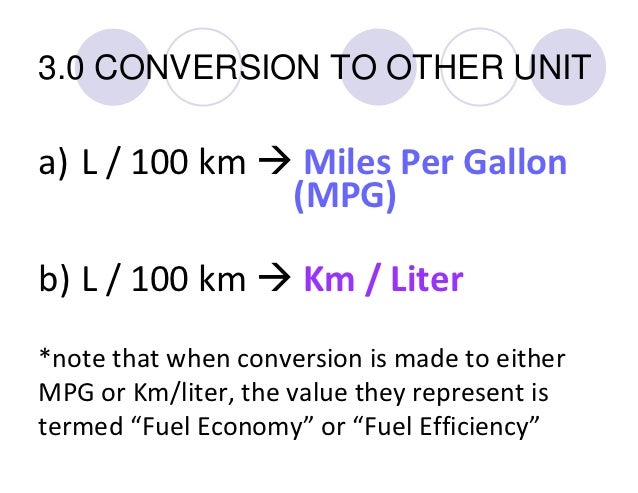 Use the 20 miles per gallon as a baseline, multiply that by the size of your tank, and carry some extra fuel with you as insurance.
Use the 20 miles per gallon as a baseline, multiply that by the size of your tank, and carry some extra fuel with you as insurance.
ATV’s provide tons of fun and is a great way to get your mind off of the daily stresses. But that fun can come to a screeching halt very quickly if you happen to run out of gas. That poses the question: How far can an ATV go on a tank of gas?
There are too many factors to consider to give a universally definitive answer to this question. In general though, ATVs can go anywhere between 40 – 200 miles on a single tank of gas, depending on the tank size, the type of driving, the type of ATV, etc.
Now that we’ve established a very broad idea of how much you can get out of a tank of gas from a hobby ATV, let’s take a deeper look at the different kinds of ATV and how different situations will affect your gas consumption.
The question about fuel capacity and economy can be quite difficult to answer accurately since there are so many factors to consider like how aggressive you drive, engine size, the type of ATV, etc.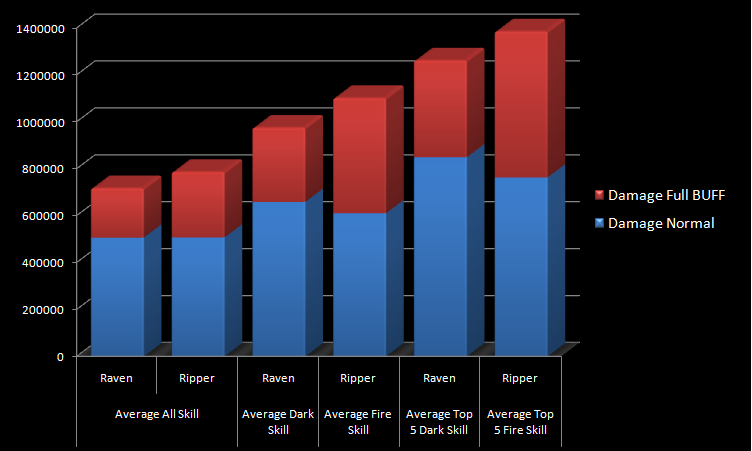
To determine how far your ATV will get on one tank of gas, we’ll have to first separate them into groups according to the different types of ATVs, namely small Hobby ATVs, Sports ATV, and Utility ATVs.
Each of these has different types of engines and different engine sizes, therefore making them different and affecting the distance you can go with each one of them on a tank of gas.
Hobby ATVs are meant for those heading to the nearest dirt track to have as much fun as possible, comparably making them like small dirt bikes. Getting on one of these is the perfect way to unwind after a day of stress, whether you’ve been in an office all week or your hands are hard from work.
These ATVs have smaller gas tanks, only a few gallons, and it’s recommended that you grab a few extra gallons before heading off onto your adventures. These ATVs are also available in up 600cc engine capacity models, making them fast, light, and lots of fun when the road is covered in just the right amount of dirt.
The best recreational ATVs that are used by hobbyists only have a few miles of range with their gas tanks, but they are very lightweight and make it easier for you to jump, slide, play, and have as much fun as possible and aside from sports ATVs, might be the best adrenaline rush you can have on four wheels with no roof.
Hobby ATVs usually get anywhere between 40 – 100 miles on a tank of gas.
These are the beasts, the raptors, the jumpers, and the Dakar champions that either go for days or simply need to complete a circuit in as little time as possible. These are ironically anything from 250cc engines that have small gas tanks to almost 1000cc engines that have gas tanks large enough for day-long rides.
The world of sports ATVs is one that is simply too large to sum up. The number of sports that they are used in is also too much to count, meaning that they would need their own, very long article to cover. Regarding the question of how far they can drive on one tank of gas, it depends on the situation in which they are being utilized and the person driving them.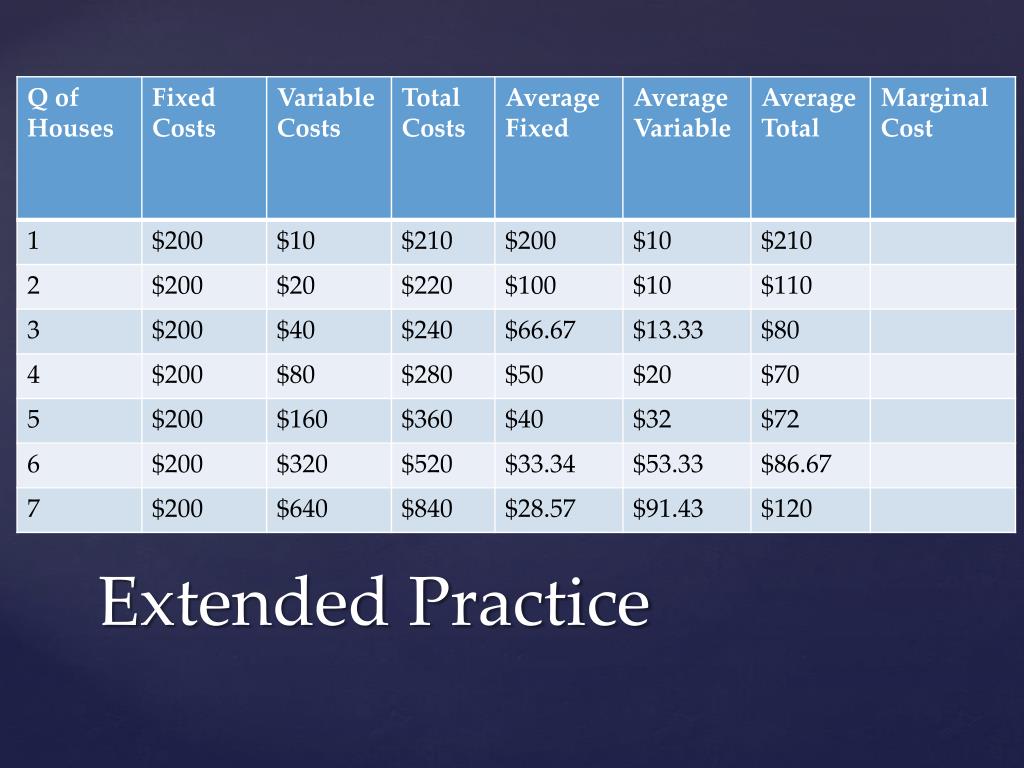
For circuit racing, they are usually used with smaller gas tanks, making them light and easy to maneuver. Circuit racing involves jumps, dirt, sand, and lots of fun times for the riders. This is why it’s important that these ATVs can be driven fast and for slightly extended periods. They usually complete around 30 laps of a circuit, with each circuit being around one to 4 miles in length.
Then there’s the long-distance sprinters, the off-road champions, and the ATVs that are used by those that truly know what they’re doing. Used in championships like the Dakar and adventure runs, and taking you through some of the toughest terrains for an ATV to go through. Easily reaching distances of thousands of miles, these races are intense and can last for several days.
As a side note, these ATVs can reach speeds of almost 100mph and should not be used when you’re still new to the off-roading and ATVs…
Sports ATVs are optimized for speed and distance, usually being close to 1000cc bikes that can be economical when needed.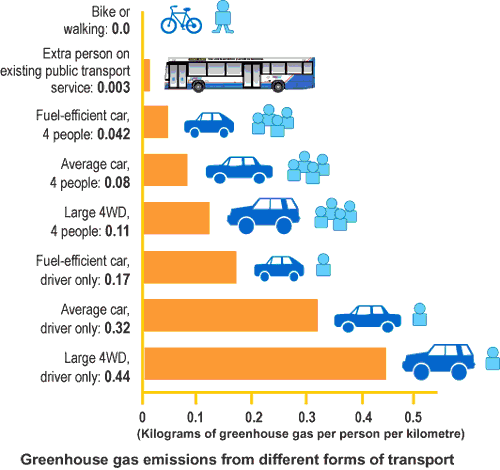 They can get anywhere between 100 or 200 miles on a single tank of gas, using new technologies that make them as economical and fast as possible.
They can get anywhere between 100 or 200 miles on a single tank of gas, using new technologies that make them as economical and fast as possible.
This is where you find the workhorses, the ATVs that know how to climb a mountain and also take the truck along with it.
These are heavy, large, and strength-based ATVs that favor torque over speed, allowing you to do things on the farm, ranch, or just driving around at moderate speeds. As an extra caveat, the ATVs that form part of this group are more relaxed and can even have roofs and come in two or three seaters, but they do cost a bit more.
The wonderful thing about these ATVs is that they can go almost anywhere, in a way that other ATVs may have trouble doing. Their ability to be four-wheel drive and have high torque lets them climb in and out of gorges that most other vehicles would not be able to manage. They can also be accessorized remarkably well too, letting you add hooks, luggage rails, and even lighting units for nighttime work.
Having a similar range to Sports ATVs of between 100 to 200 miles or more, on a single tank of gas, some of these larger, more equipped ATVs have the same power as most small cars. Anything from 200cc to 1200cc engine capacity models exists and the size of their gas tank increases along with their engine capacity.
Now that we’ve covered the different types of ATVs, let’s examine some of the other factors that can influence the fuel consumption of your ATV.
Weight plays a big role in fuel consumption and the lighter you can get your ATV, the better the fuel consumption that you will get.
Aerodynamics also plays a major role in fuel consumption and the less resistance you have while driving your ATV, the better your fuel consumption will be.
Low tire pressure, especially on the drive tires, can negatively impact your fuel consumption and always follow the manufacturer’s recommended tire pressure for the tires on your ATV.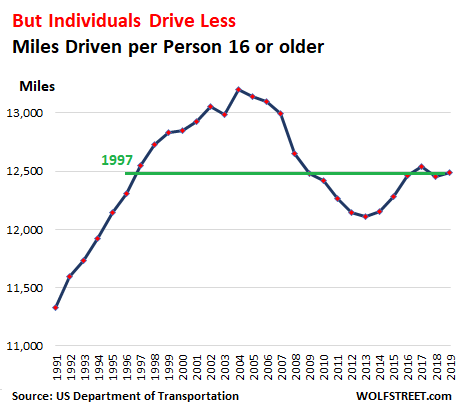
Needless to say, smooth even roads will yield much better fuel consumption than rocky and muddy terrains, but that’s where the fun lives.
Modified engines, as much performance, and fun as they can add to your ATV and off-roading experience, with the increased performance from the modifications, comes a heavier fuel consumption.
An engine that is worn out and out of tune will affect your fuel consumption and you will get much fewer miles per gallon as you would with your engine finely tuned and functioning optimally.
Here is a list of some popular ATVs along with their respective ranges (miles per gallon) according to fuelly.com.
| BRAND | MODEL | YEAR | MPG |
| Suzuki | LT-A700X KingQuad 4×4 | 2005 | 8.9 |
| 2007 | 25. 7 7 | ||
| Kawasaki | KVF650 Prairie 4×4 | 2002 | 10.9 |
| Can-Am | Commander 1000 XT | 2012 | 12.8 |
| 2016 | 29.9 | ||
| Commander 800R | 2015 | 9.0 | |
| Maverick X3 X rc Turbo R | 2019 | 14.8 | |
| Honda | TRX350TM FourTrax Rancher | 2001 | 16.8 |
| 2002 | 25.6 | ||
| 2006 | 35.4 | ||
| Yamaha | YFM700 Grizzly EPS | 2018 | 7.7 |
| 2019 | 19.5 |
When it comes to how far an ATV can go on a tank of gas, it all depends on the type of ATV you have, what you’re planning to do with it, and how hard you drive it.
No matter what the situation is though, just make sure you have a few extra gallons of gas nearby in case you run out of it. The last thing you want is for your fun to be cut short because you ran out of gas.
Also, be sure to check out our recommended gear section for the necessary recovery and maintenance equipment that you should always have with you while out on your off-roading adventures to help you out of those sticky situations.
Viktoria Bazyleva
As a rule, drivers try to keep an eye on the fuel level and prevent the appearance of a yellow “gas station” on the dashboard. But anything happens in life, and sometimes there is simply no way to quickly refuel. Left face to face with a “bulb” on a highway somewhere in a dense forest, motorists begin to panic: “What if I don’t get to the gas station and stall right at the next pine tree”?
Owners of modern cars are a little more fortunate in this regard: their cars can not only notify of low fuel levels, but also tell you how many kilometers they will run without fuel.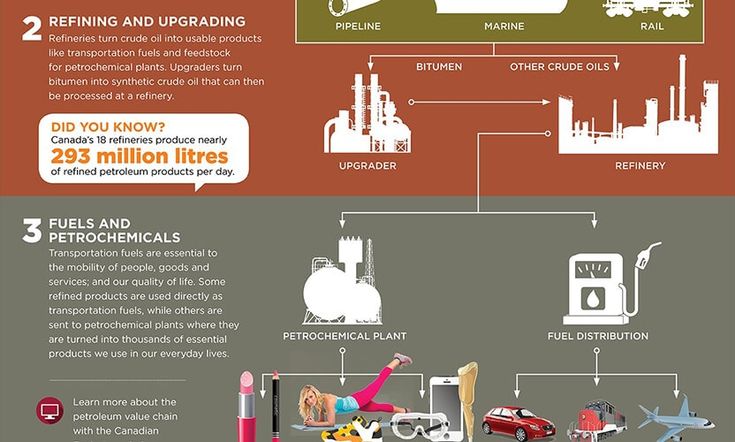 Relying entirely on a computer is, of course, very reckless. But you can get a rough idea of when the iron horse will be laid up. But what about those who do not have a car with such useful functions?
Relying entirely on a computer is, of course, very reckless. But you can get a rough idea of when the iron horse will be laid up. But what about those who do not have a car with such useful functions?
Photo: www.greekguide.com
As you know, the answer to almost any question can be found in the vehicle owner's manual. In a thick book there is also the necessary information on the fuel level, but not always. For the most part, car builders are limited to general phrases like: "The control lamp lights up when the fuel tank is almost empty" or "If the lamp lights up and does not go out, it is urgent to fill the tank with fuel."
It must be remembered that the minimum range when the indicator lights up on a passenger car is about 50 kilometers. This, again, is the minimum threshold - the distance that you will almost certainly overcome. On those machines that are more expensive, it can reach 90-100 kilometers. And some crossovers and SUVs drive on a “light bulb” and even more: up to 150 km.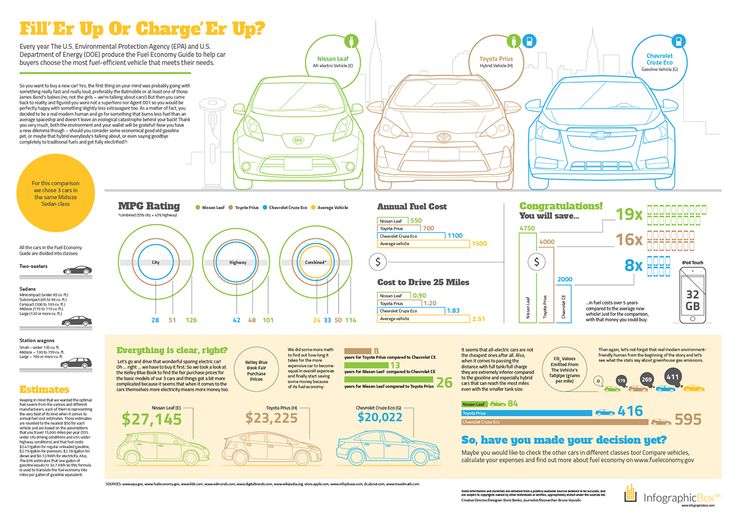
1168027
Photo: Moskovsky Komsomolets
799840
However, you should not abuse trips on low fuel levels. When there is a shortage of fuel, there is a chance to burn the fuel pump, harm the catalytic converter, and even bring the engine to detonation. In addition, such voyages are extremely dangerous for the driver and his passengers. There are many cases when people simply froze while waiting for help on a deserted highway in winter!
But what to do if the nearest settlement is several hundred kilometers away, and the control lamp is already on? For starters, you need to calm down. Nothing bad has happened and probably never will. Ask the riders to find the nearest gas station on the maps or, if there is no one else in the car but you, stop by the side of the road and find the gas station yourself.
Next, try to do the maximum in order to reduce fuel consumption. Close all windows, turn off the air conditioner if possible, activate the Eco mode, if any.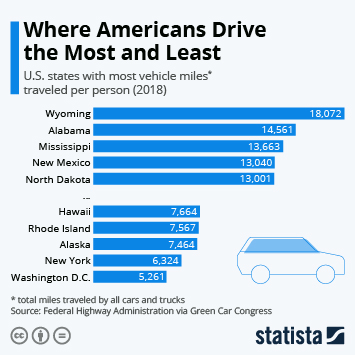 It makes no sense to refuse music - the infotainment complex consumes a little. Move smoothly: without daring starts, sharp accelerations and braking. And watch your speed - if we are talking about the track, then it should not exceed 80-90 km/h
It makes no sense to refuse music - the infotainment complex consumes a little. Move smoothly: without daring starts, sharp accelerations and braking. And watch your speed - if we are talking about the track, then it should not exceed 80-90 km/h
The most relevant new products of the Automechanics-Frankfurt-2018 motor show
49801
49801
0009
Sort: DefaultName (A - Z)Name (Z - A)Price (low > high)Price (high > low)Model (A - Z)Model (Z - A)
On the page: 25285075100
ATV IRBIS 150
Engine type: 4-stroke
Displacement: 150 cc see
Model C PSM
229900 r.
Available
ATV IRBIS 250
Engine type: 4-stroke
Volume: 250 cu. see
Model C PSM
249900 r.
Available
In stock
New
ATV SHERHAN 1000G
Engine type: 4 stroke
Displacement: 125 cc see
Max.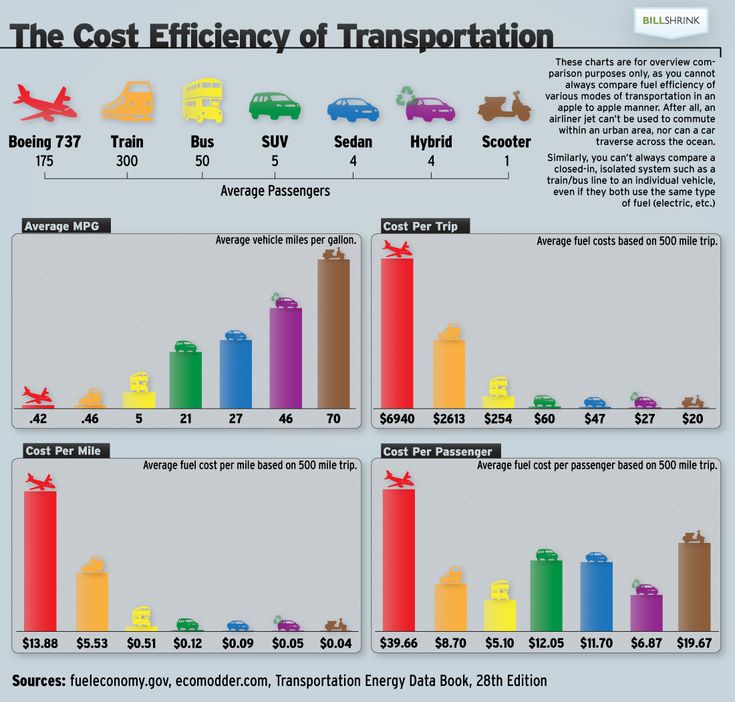 speed 60 km/h
speed 60 km/h
94900 rub.
Available
ATV Stalker-110
Engine type: 4-stroke
Volume: 110 cub. see
Max. speed 45 km/h
59900 rub.
Available
ATV Stalker-250
Engine type: 4-stroke
Volume: 250 cub. see
Max. speed 80 km/h
175000 rub.
Available
In stock
ATV WELS EVO X 200
Engine type: 4-stroke
Volume: 200 cub. see
Max. speed 70 km/h
210800 r.
Out of stock
In stock
New
In stock
ATV Stalker-150
Engine type: 4-stroke
Volume: 150 cub. see
Max. speed 50 km/h
175000 rub.
Out of stock
In stock
Out of stock
In stock
In stock
In stock
In stock
In stock
In stock
In stock
In stock
Pending
In stock
In stock
Out of stock
In stock
Out of stock
Out of stock
Showing 1 to 28 of 97 (total 4 pages)
Vehicles with four wheels are different.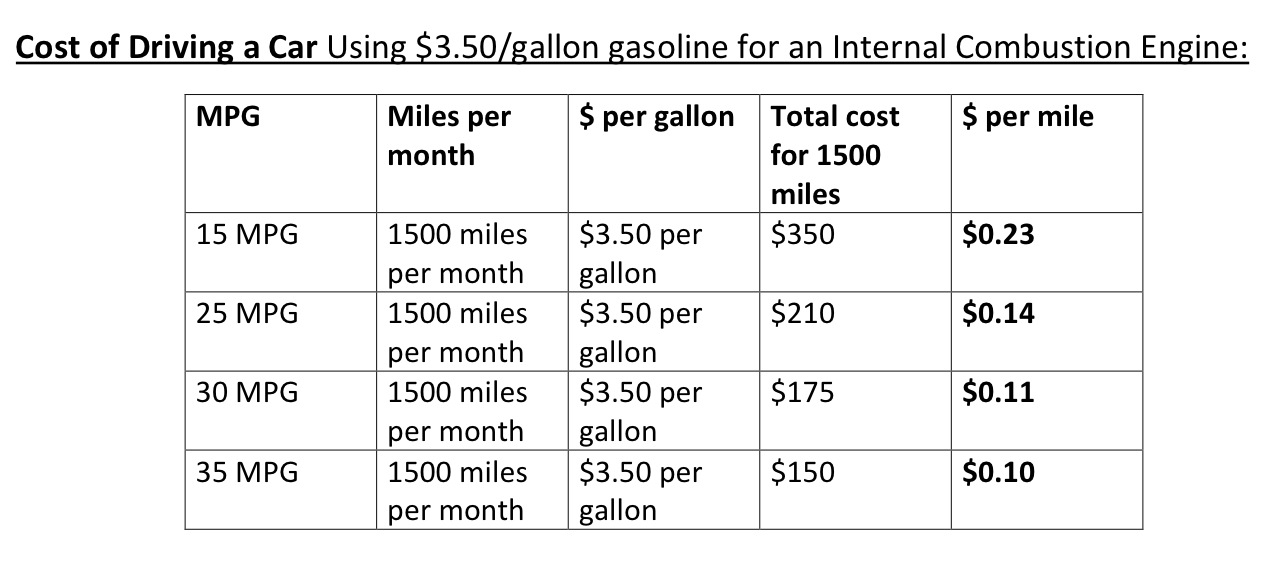 In Russia many people understand ATVs as four-wheeled all-terrain vehicles, in the USA - like four wheelers. They can also differ a lot. from each other. We will tell you about small copies of large units. Baby copies of Japanese, German and Chinese manufacturers are designed for young drivers. Our online store offers high quality vehicles for young motorists.
In Russia many people understand ATVs as four-wheeled all-terrain vehicles, in the USA - like four wheelers. They can also differ a lot. from each other. We will tell you about small copies of large units. Baby copies of Japanese, German and Chinese manufacturers are designed for young drivers. Our online store offers high quality vehicles for young motorists.
To every parent who carefully monitors development your child, you need to carefully familiarize yourself with our range. A compact all-terrain vehicle is considered not only a toy, but also a useful solution in acquiring driving skills at a young age. You can buy a petrol ATV, and your child will learn the basics of driving on his own vehicle. ATV for children, which is the prototype of an adult model, guarantees the young driver is completely safe. Don't forget to order special equipment - colorful helmets and protective suits to inspire the young driver to travel in your own vehicle. ATVs for children with protection attributes will turn your pastime into children in an interesting game on wheels.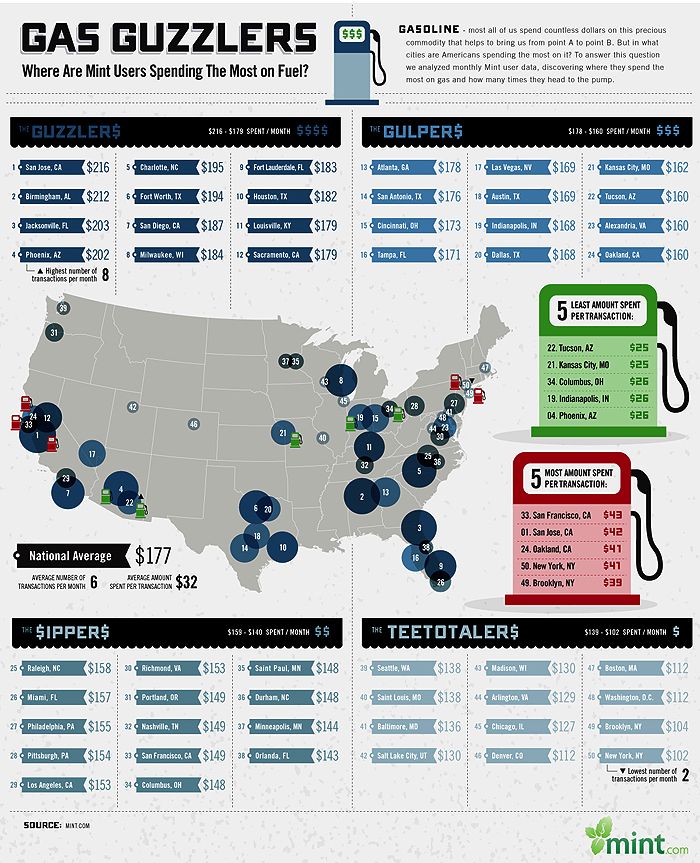 You will be convinced that received in childhood driving skills will be useful for the child in the future.
You will be convinced that received in childhood driving skills will be useful for the child in the future.
After choosing the children's transport you like in the catalog, call or make order on the store's website. Our managers will provide the necessary assistance, give a clear answer to your questions. The order will not have to wait long, as we We work with all regions of Russia, and your order will be delivered right on time. Only with us the buyer will find a wide range of vehicles of the world manufacturers at affordable prices. Your child will remember this gift forever. life is like a miracle, and will be very grateful for his first vehicle.
We present to your attention a wide range of popular all-terrain vehicles filled with gasoline from the world's best manufacturers. In our store There is a wide choice of ATVs - from simple to more powerful, on fuel or on batteries. Managers will be happy to help you choose exactly what you need.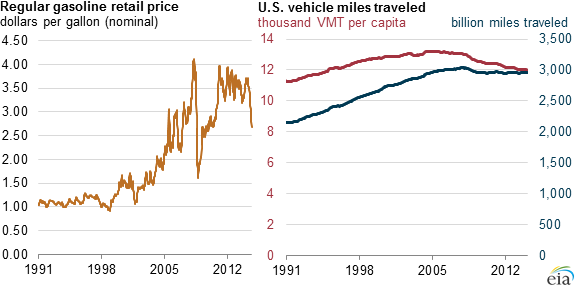 need.
need.
Petrol ATVs have some differences, which do not look like electric models:
ATVs differing from each other in some parameters:
All these differences affect the cost, the more additional options and equipment, the higher the price. Which transport is better to order remains decide for the client. You can choose the unit that suits you best. ride for you and your child, as many ATVs are rated by weight up to a hundred kilograms, which means they can withstand an adult.
Which transport is better to order remains decide for the client. You can choose the unit that suits you best. ride for you and your child, as many ATVs are rated by weight up to a hundred kilograms, which means they can withstand an adult.
When buying a gasoline ATV, you need to pay attention to its dimensions, because the model should be comfortable for the child to sit in it. Also, the child must it is easy to get to the control devices and immediately you need to decide what should be power of the unit and its engine. For a small child, the best option there will be a quad bike with a two-stroke engine. Manufacturers make such children's vehicles of small size and weight. Their engine has much less power. They have the function speed limits if the child is already striving for a fast ride. If parents do not mind riding an ATV yourself, then in this case you need to pay attention to the model with a four-stroke gasoline engine with a volume of up to 150 cubic centimeters, a speed of up to 50 kilometers and a fuel reserve of up to 5 liters.